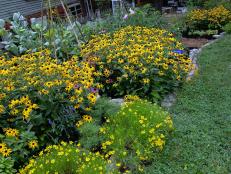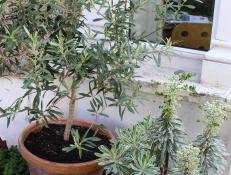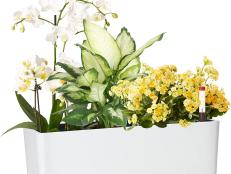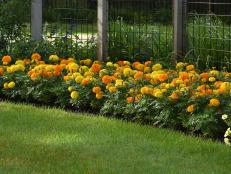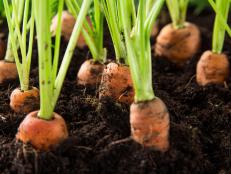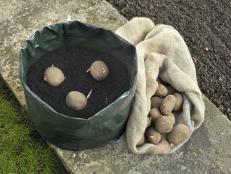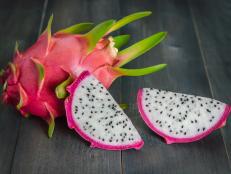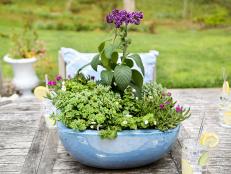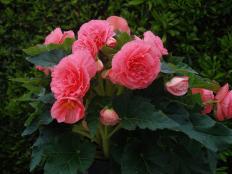How to Grow Edibles in Window Boxes
Get tips for raising a harvest of herbs and vegetables in a window box.
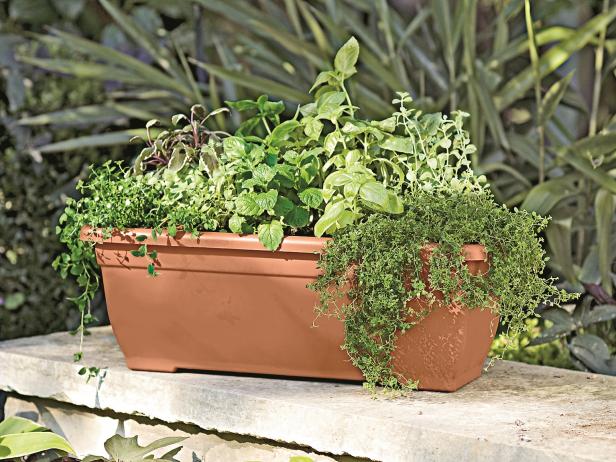
Gardener's Supply Co. at Gardeners.com
Dress up your home’s exterior with the classic good looks of a window box. These botanical charmers improve the view from either side of a window pane. By filling boxes with tasty botanical treats, like herbs, veggies and edible flowers, you can grace your table with homegrown goodness. Even with little growing experience, you can master raising fresh and flavorful plants in a window box.
Before you get started, consider the types of crops you want to grow. Some edibles adapt easily to the cramped quarters a window box offers, while others need more elbow room. A window box might have a soil depth from 6 to 12 inches. This is the most important measurement when raising edibles. The more space roots have to spread, the greater the variety of plants you can grow. For vegetables in particular, plants need a strong root system to absorb ample moisture and nutrients to fuel a harvest.
Shallow-rooted plants, including leaf lettuces, greens, radishes, peppers and bush beans, can yield in soil in the 6-inch-deep range. Deeper boxes (up to 12 inches) can host carrots, onions and tomatoes. Many herbs thrive in either soil depth. Look for miniature varieties of plants or ones labeled for use in containers. These will adapt easily and yield reliably in a window box.
In terms of window box length, select one equal to your window width or a little wider. If your windows have shutters, choose a box that extends from the middle of one shutter to the middle of the other. Remember to give your box drainage holes so plant roots don’t rot.
Because they’re mounted above ground level, window boxes experience drying winds and higher soil temperatures. These conditions won’t diminish your harvest as long as you ensure you have proper soil and easy access to water. When growing edibles like carrots, lettuce, tomatoes or peppers, a steady water supply is vital to success.
If watering proves challenging, focus on growing Mediterranean herbs, like rosemary, thyme, sage and lavender, which thrive in drier soil. These same plants crave heat, as do peppers, eggplants and tomatoes. South-facing windows serve up the sizzling warmth that’s just right to help these plants yield, although in warmest regions protection from hot afternoon sun helps plants thrive. North-facing windows or ones that experience morning sun provide an ideal spot for raising lush crops of lettuce and other greens.
Select a soil mix created for use in containers. Typically these are soilless mixes that feature a blend of materials, such as peat moss, composted bark, perlite, coir or sand. The resulting mix is lightweight and absorbs moisture, but also allows it to drain freely. The soilless blend also creates tiny air pockets, which encourage healthy root growth. Many commercial container mixes include slow-release fertilizer and water-absorbing crystals. Both of these additives help in the small root zone of a window box.
It’s tempting to add too many plants to window boxes to produce an instantly lush planting. With edible crops, it’s important to give plants room to grow and spread. Crowded plants may look good on planting day, but they won’t yield strongly as the growing season unfolds.







